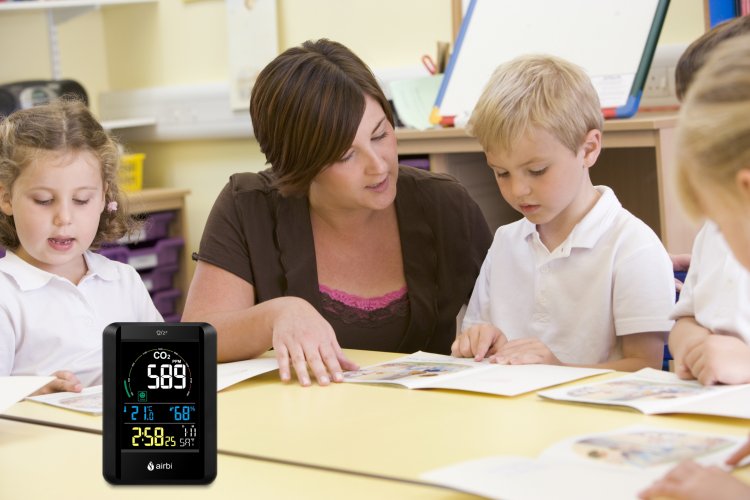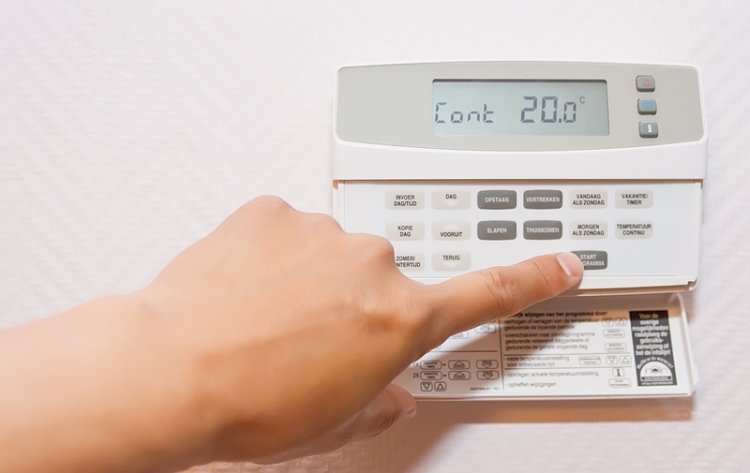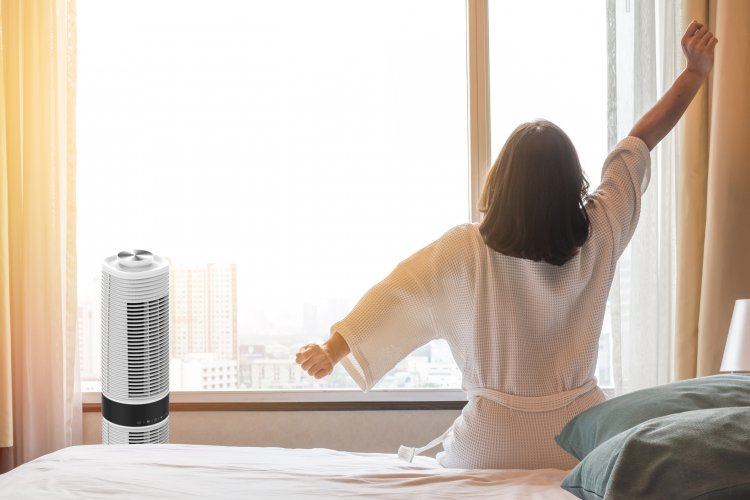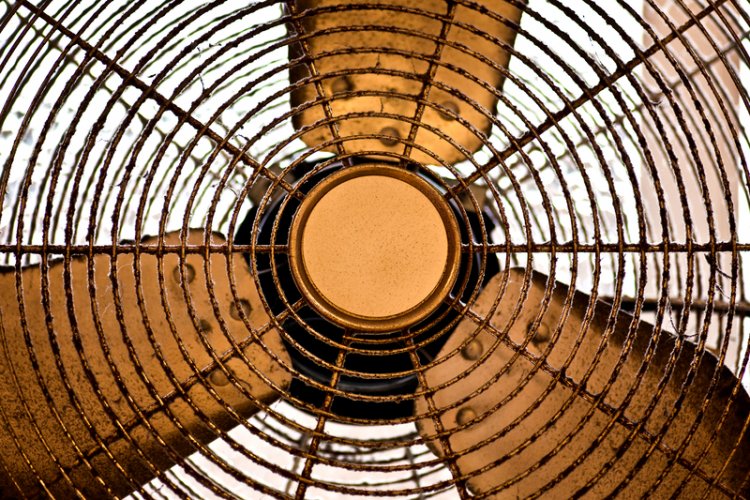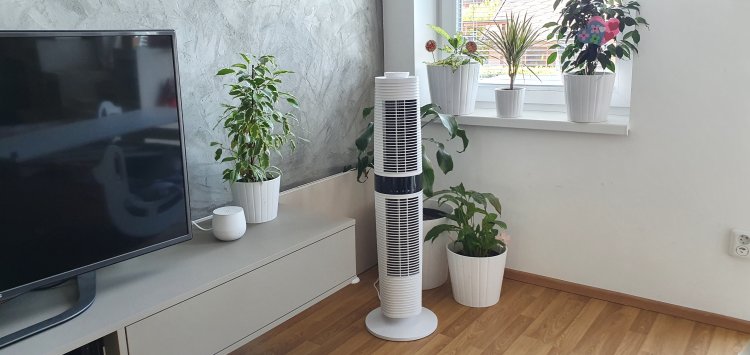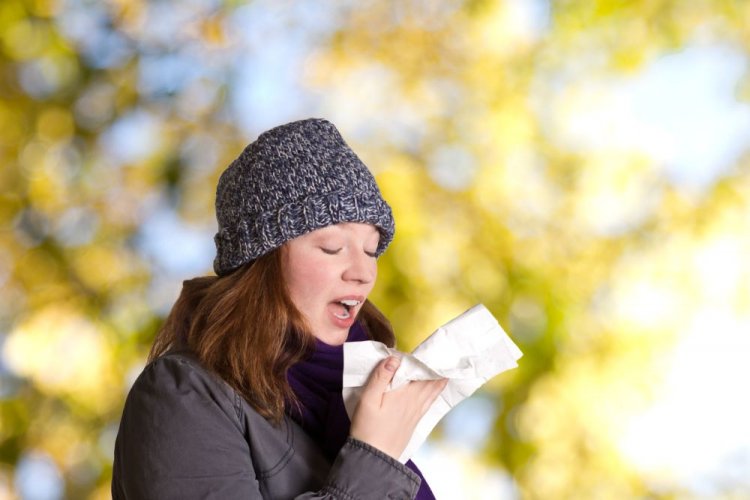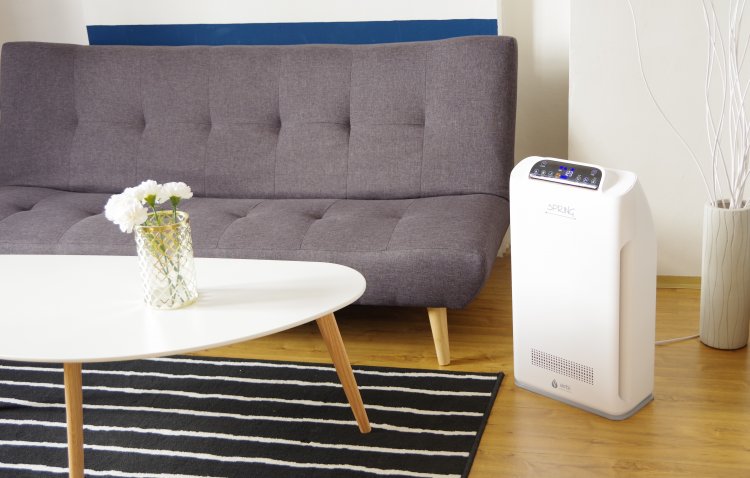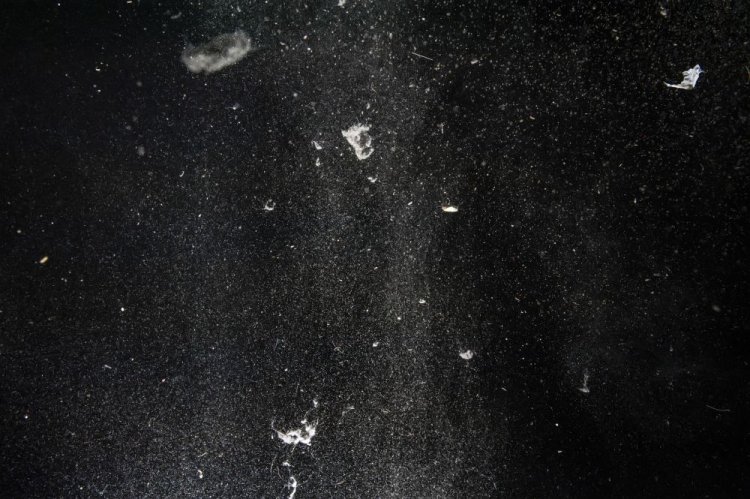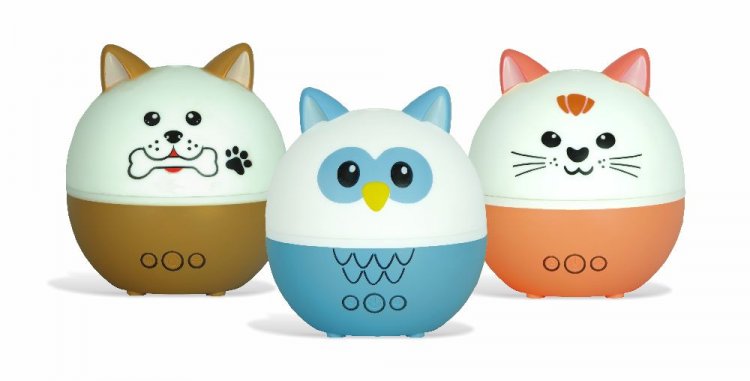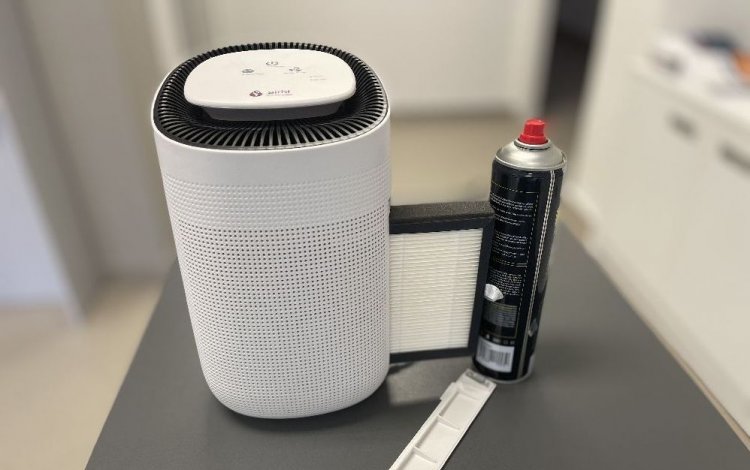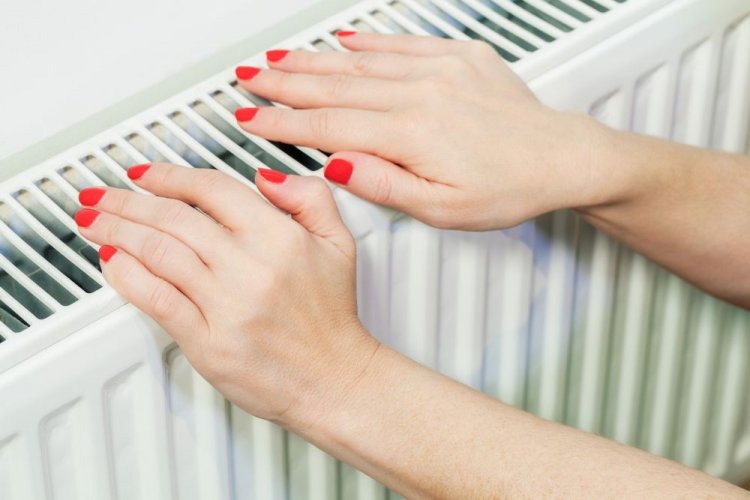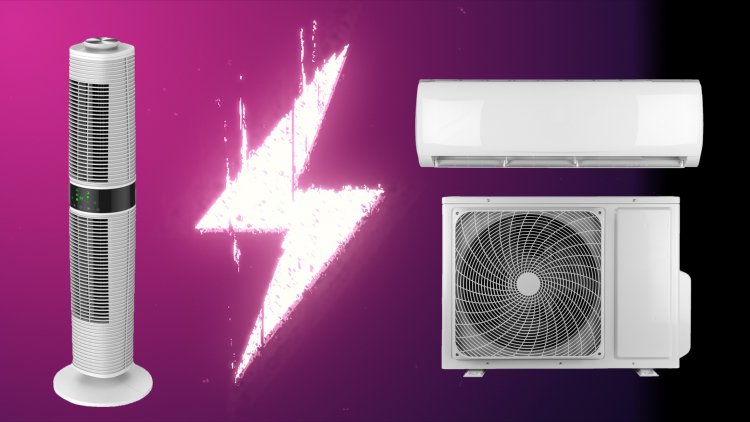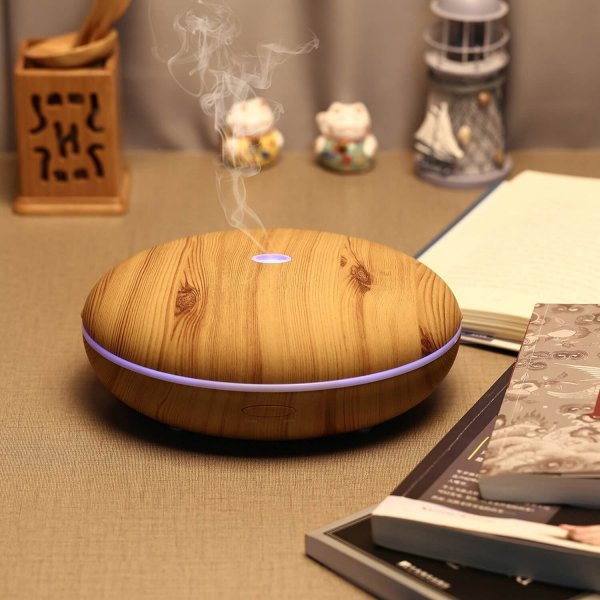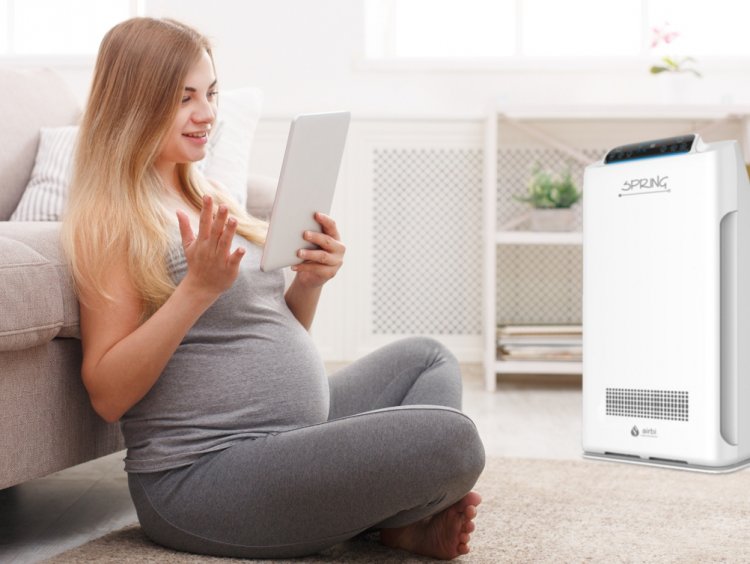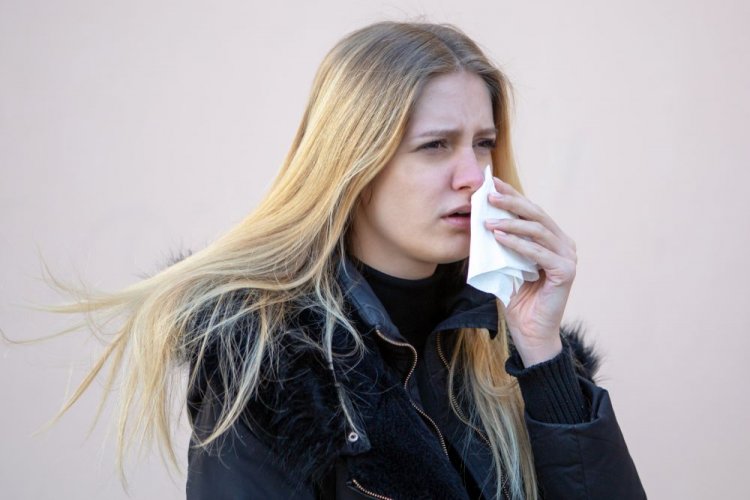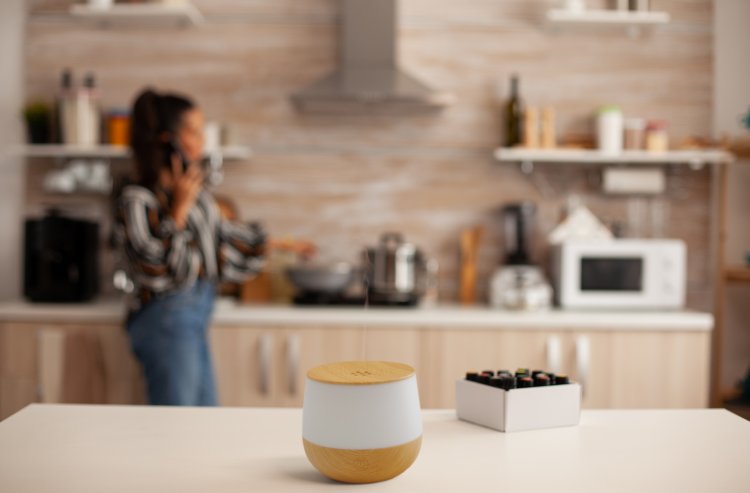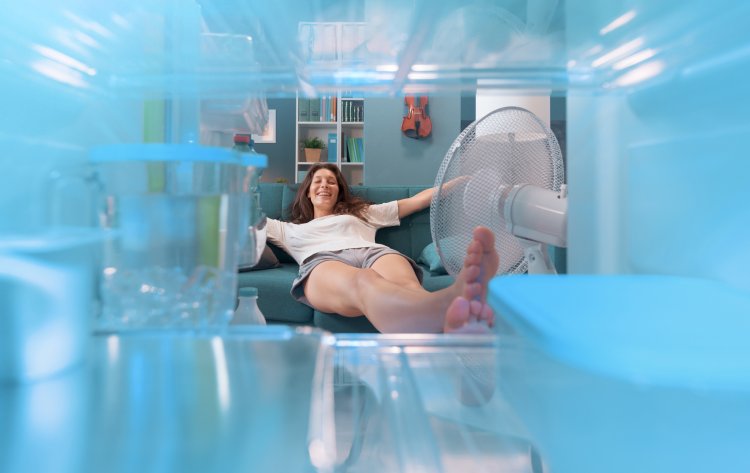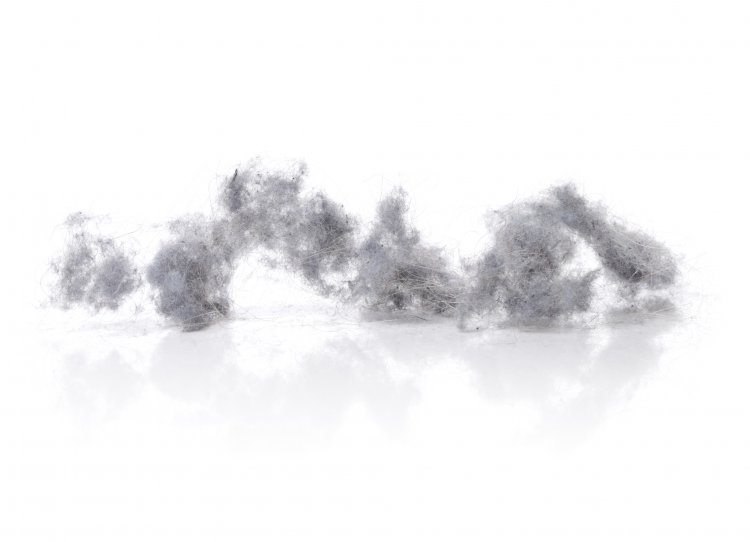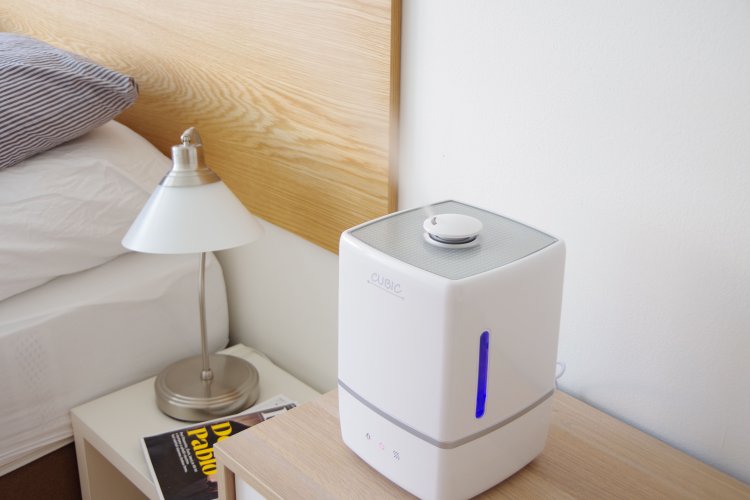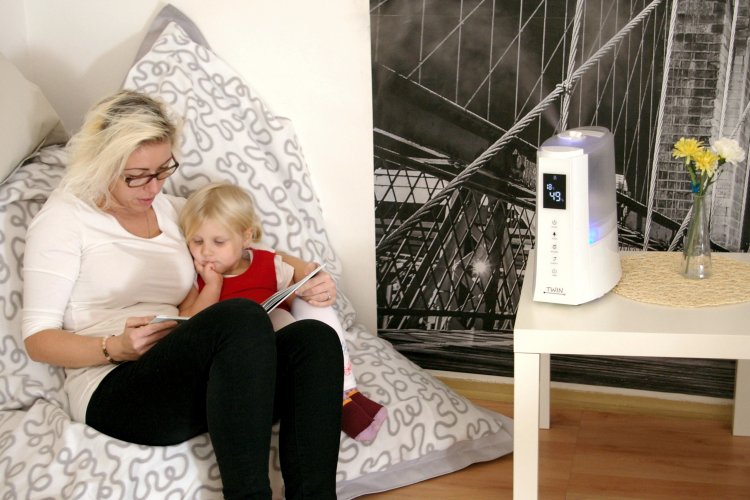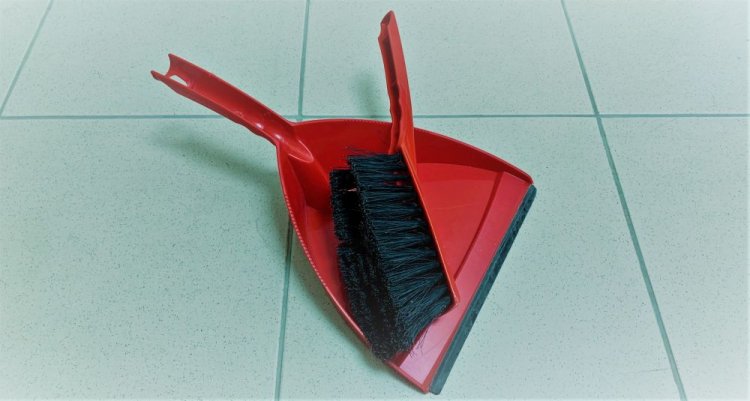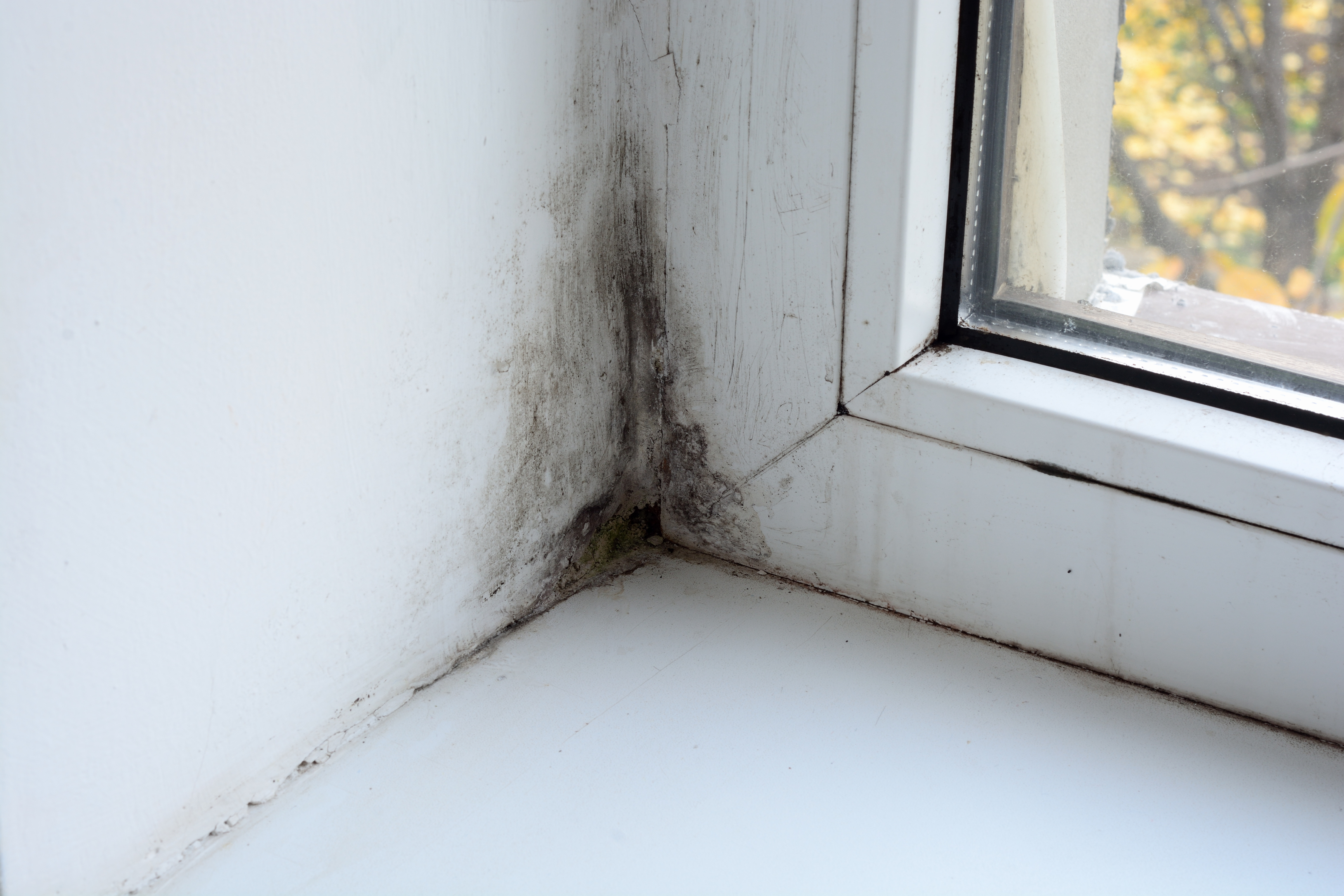

4 advantages (and 1 disadvantage) of desiccant dehumidifiers
Feb 20, 2025High humidity can be unpleasant. If you're choosing a dehumidifier, this brief overview of the advantages and disadvantages...
Mold in the home is a big scarecrow. In addition to its unattractive appearance and odour, mold can cause great health problems, especially if we are exposed to it for a long time. Therefore, if you do not want health problems, we recommend you to get rid of this uninvited guest as soon as possible. The best way is to control and possibly reduce the humidity in the affected room.
Mold in the home is a big scarecrow. In addition to their unattractive appearance and odour, mold can cause great health problems, especially if we are exposed to it for a long time. Therefore, if you do not want health problems, we recommend you to get rid of this uninvited guest as soon as possible. The best way is to control and possibly reduce the humidity in the affected room.
Not all mold is the same. Mold can be useful, for example, for making cheese or beer. However, mold in the home is definitely not beneficial, on the contrary. It causes severe breathing problems, which can lead to asthma. Other types of mold are toxic and can permanently damage internal organs and the immune system, are carcinogenic and damage the circulatory system. Pay special attention to these.
In a home where people regularly cook, dry clothes, shower or wash floors, air humidity is created. Without sufficient ventilation, thermal bridges are formed in the corners of the walls or around the windows, i.e. in the places whose surface temperature is below the dew point. The moisture condenses here, creating wet maps and ideal conditions for the growth of mold. Said dew point is the value of the temperature at which moisture from the air begins to condense on the surface of windows and walls. The solution is to increase the surface temperature of buildings (e.g. by insulating the walls) or to use a special dehumidifier to reduce humidity.
Example: if you have 22 ° C at home and a relative humidity of 50%, the dew point will be about 11 ° C. In this case, the moisture will condense on every surface with a temperature of 11 ° C or less.
It is important to distinguish between relative and absolute humidity. While absolute humidity directly expresses a specific value of the amount of water vapour in the air (in g / m3), the relative one expresses the ratio between the actual and maximum amount of water vapour in the air (in%). Relative humidity depends on the air temperature - the higher the temperature, the more water vapour the air is able to hold.
Example: If you have 22 ° C at home and a relative humidity of 50%, the absolute humidity is 9.7 g / m3. Thus, there is almost 10 g of water in each cube of air. However, if the temperature were 30 ° C at the same relative humidity of 50%, the absolute humidity would already increase to 15.2 g / m3, so that about 15 g of water came out for each cube of air. Therefore, in winter it is not appropriate to overheat the room, because warm air at the same relative humidity contains much more water compared to colder air and can thus promote the formation of mold.
As already mentioned, the most important factor that stimulates the formation of mold is moisture. Therefore, it is important to control its manifestations on walls, window frames and other places where it condenses most often, and which are literally a paradise for mold. It is equally important to monitor the temperature and humidity of the air, which should be around 22 ° C, resp. 50%. Specialized measuring instruments will help you check them.
Clear information about indoor temperature and humidity. The Airbi DIGIT has a display divided into two halves, with the upper part displaying the temperature and the lower part displaying the relative humidity and current time. The device remembers the maximum and minimum values. The advantage is also the function of the alarm with a snooze option.
measuring the temperature and humidity of indoor air
clear digital display memory for MAX and MIN values
time and date display
alarm clock with a snooze option
Keep the climate under control. The Airbi CONTROL measures temperature and humidity, and since a wireless sensor is also included, you can monitor these variables outdoors or in another room. The device has above-standard functions such as a graphical display of the development of humidity over time or an icon with ventilation tips.
measuring the temperature and humidity of indoor air
included one wireless sensor to monitor the climate elsewhere
possibility of expansion for up to three wireless sensor
memory for MAX and MIN values
radio controlled time display
graphical rdisplay of the development of humidity over time
ventilation tips in the form of icons on the display
warning against icing or mold
Climate expert - this is the Airbi TRIO, which is equipped with three wireless temperature and humidity sensors, so you can monitor these variables in 4 different places. The device remembers the maximum and minimum values, displays the humidity comfort icon and has the option of backlighting the display.
large and clear display with backlight
memory for MAX and MIN values
indication of humidity comfort
indication of temperature / humidity development
the package includes three wireless transmitters (max. range 100 m)
low battery indication
measures temperature and relative humidity



